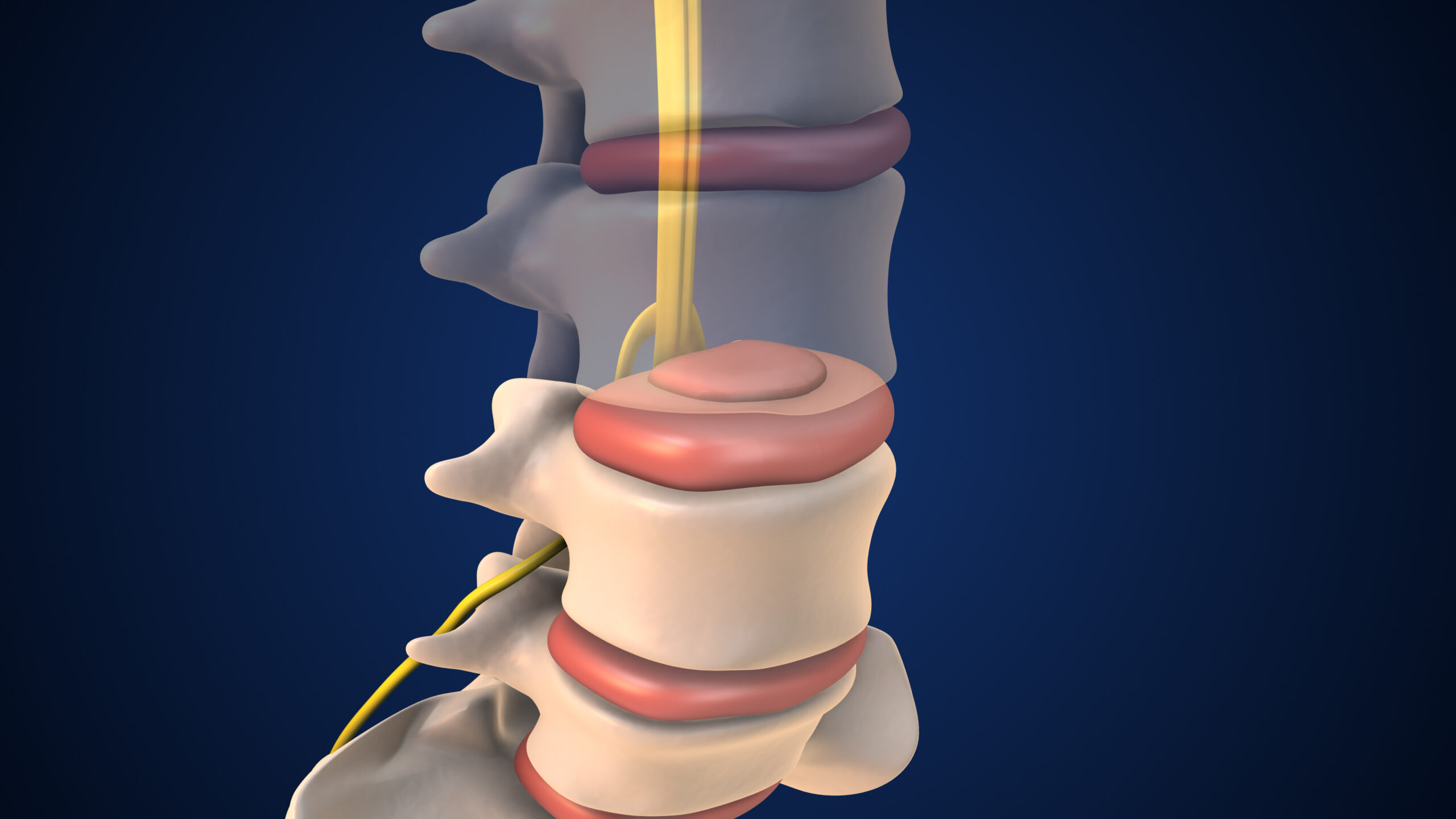Intradiscal spine treatment options are a crucial aspect of modern medicine, offering hope and relief to those suffering from debilitating spinal conditions. The spine, a complex structure made up of vertebrae, discs, nerves, and muscles, plays a vital role in supporting the body and facilitating movement. However, conditions such as herniated discs, degenerative disc disease, and spinal stenosis can cause severe pain and limit mobility, significantly impacting an individual’s quality of life. Intradiscal treatments aim to address these issues by targeting the source of the pain within the intervertebral discs themselves.
One of the most common intradiscal spine treatment options is known as intradiscal injection therapy. This approach involves the targeted delivery of medication directly into the affected disc to alleviate pain and inflammation. One type of injection commonly used is corticosteroids, which have powerful anti-inflammatory properties. By reducing inflammation around the affected nerve roots, corticosteroid injections can provide significant pain relief for individuals suffering from conditions such as herniated discs or spinal stenosis.
Another type of intradiscal injection therapy involves the use of biologics, such as platelet-rich plasma (PRP) or stem cells. PRP therapy harnesses the body’s natural healing abilities by injecting concentrated platelets from the patient’s own blood into the affected disc. These platelets release growth factors and other proteins that promote tissue repair and regeneration, helping to heal damaged discs and reduce pain. Similarly, stem cell therapy involves the injection of stem cells harvested from either the patient’s bone marrow or adipose tissue into the affected disc. These stem cells have the potential to differentiate into various cell types, aiding in tissue repair and regeneration.
In addition to injection therapy, another intradiscal treatment option is thermal annuloplasty. This minimally invasive procedure uses heat energy to shrink and seal off the damaged portion of the disc, thereby reducing pain and stabilizing the spine. One common type of thermal annuloplasty is radiofrequency ablation, which utilizes radiofrequency energy to generate heat and cauterize the nerves responsible for transmitting pain signals from the affected disc. By disrupting the pain pathway, radiofrequency ablation can provide long-lasting relief for individuals suffering from chronic disc-related pain.
For individuals with more severe disc degeneration or structural abnormalities, surgical interventions may be necessary. Intradiscal electrothermal therapy (IDET) is a minimally invasive surgical procedure that involves the insertion of a heated catheter into the affected disc. The catheter delivers controlled thermal energy to the disc, stimulating collagen production and strengthening the disc structure. IDET can help alleviate pain and improve function in individuals with discogenic low back pain caused by annular tears or disc degeneration.
Another surgical option for intradiscal spine treatment is percutaneous disc decompression. This procedure, also known as nucleoplasty or percutaneous disc nucleoplasty, involves the insertion of a needle into the affected disc under fluoroscopic guidance. Once positioned correctly, the needle delivers energy, such as radiofrequency or laser energy, to remove a small portion of the disc material and decompress the surrounding nerves. Percutaneous disc decompression can provide effective pain relief for individuals with contained disc herniations or discogenic low back pain.
In recent years, advances in technology have led to the development of innovative intradiscal spine treatment options, such as biologic disc regeneration therapies. These cutting-edge treatments aim to promote the regeneration of damaged disc tissue using biological agents, such as growth factors, cytokines, and extracellular matrices. By harnessing the body’s natural healing processes, biologic disc regeneration therapies offer the potential for long-term relief and functional restoration in individuals with severe disc degeneration or discogenic pain.
In conclusion, intradiscal spine treatment options play a critical role in the management of various spinal conditions, offering hope and relief to individuals suffering from chronic pain and disability. From injection therapy and thermal annuloplasty to minimally invasive surgical procedures and biologic disc regeneration therapies, there are numerous approaches available to address disc-related pain and dysfunction. By tailoring treatment plans to meet the specific needs of each patient, healthcare providers can help improve outcomes and restore function in individuals with debilitating spinal conditions.
